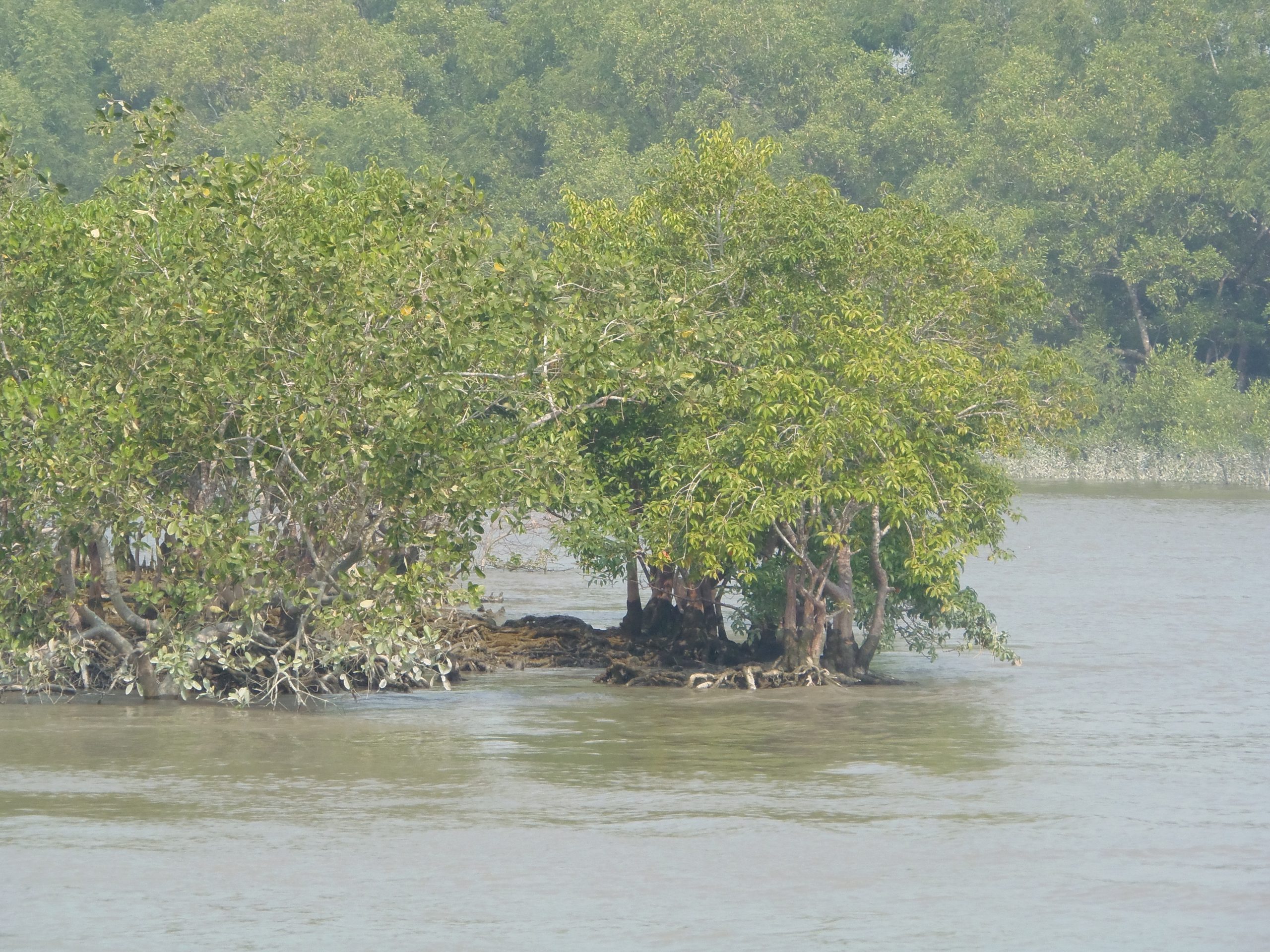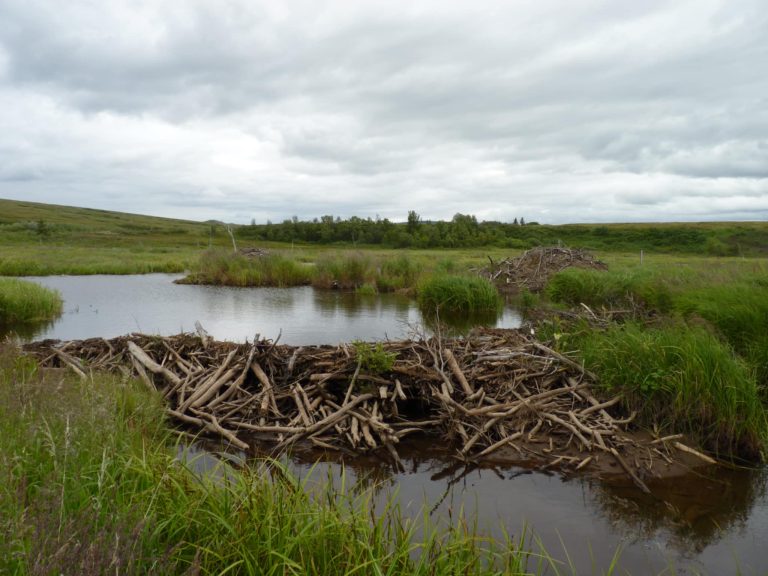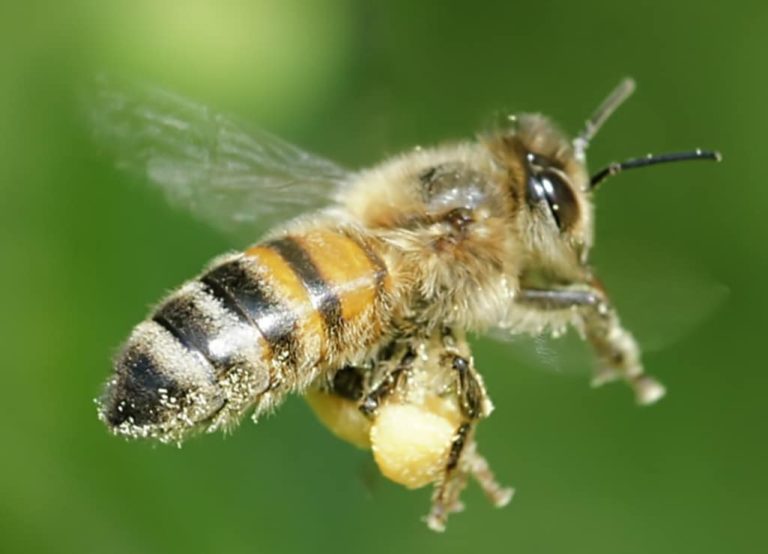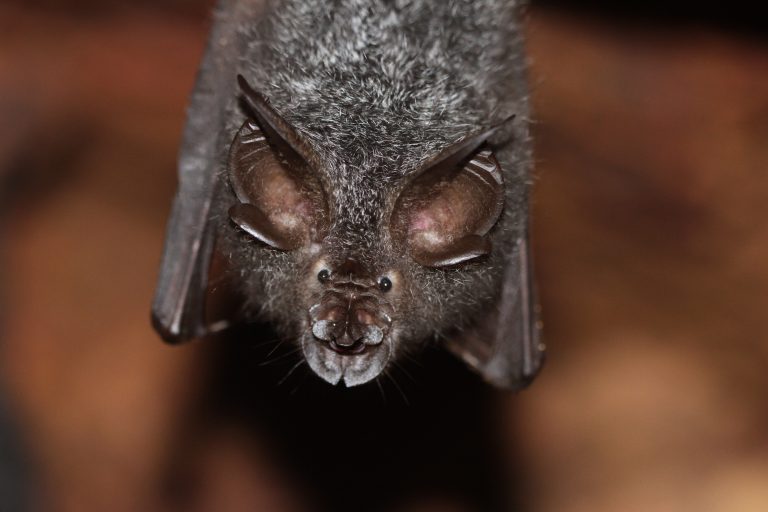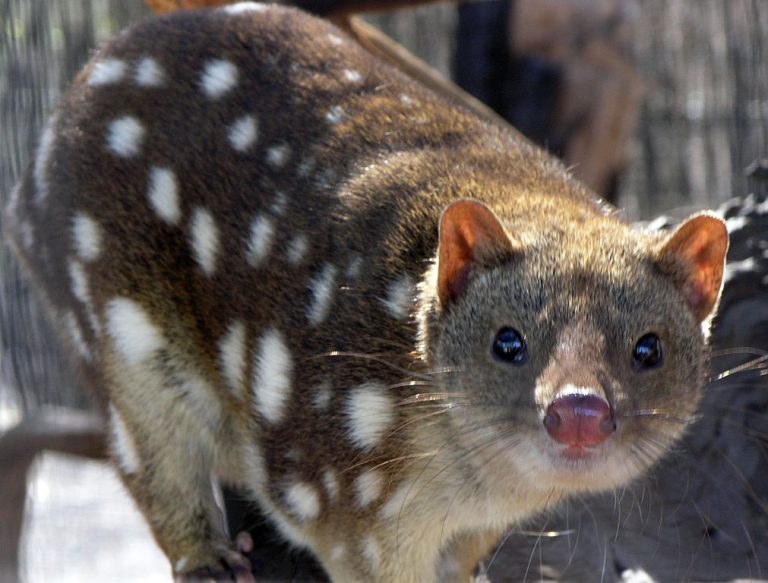Mangrove Forests: Important Ecosystems in Coastal Environments
Mangrove forests are unique coastal ecosystems found in the tropical and subtropical regions of the world.
Standing out with their plants sophisticatedly adapted to saline and often waterlogged environments, they are important ecosystems that benefit the environment and mankind in many ways.
In this post, I will walk you through the characteristics of mangrove forests, their importance, and their conservation status.
What is a Mangrove Forest?
Let’s start by learning the characteristics that define a mangrove forest.
Defining Characteristics of a Mangrove Forest
Mangrove forests are unique ecosystems in coastal areas of the tropical and subtropical regions of the world.
They are characterized by plants that can tolerate high salinity and can thrive in the areas where the sea meets the land, known as the intertidal zones.
These forests play an important role in maintaining ecological balance in the areas where they are found.
The mangrove trees can withstand saline waters, being flooded from time to time with tidal fluctuations, and oxygen-deprived (anaerobic) soils.
These trees have special adaptations such as aerial roots that allow them to take in atmospheric oxygen while being submerged during high tides, and salt-excreting glands to filter out excess salt from seawater.
A mangrove forest not only hosts diverse plants but also a great variety of animal species.
Serving as a transitional zone between land and sea, it provides a unique habitat for various animal species.
Mangrove forests typically do well in sheltered coastal areas, estuaries, and deltas, establishing extensive root systems that prevent shoreline erosion.
Types of Mangrove Plants
Mangrove forests host several species of plants that have adapted to the challenging conditions of these ecosystems.
These plants are often called mangroves.
Common species include the red mangrove (Rhizophora mangle), black mangrove (Avicennia germinans), white mangrove (Laguncularia racemosa), and buttonwood (Conocarpus erectus).
Each of these species shows characteristics that help them thrive in the conditions specific to the mangrove ecosystem.
True mangroves are the plants that have adapted to survive in saline environments, while other coastal plants may not be as tolerant of salinity.
For example, true mangroves have specialized roots that can filter salt from seawater, while other plants may die off in saline conditions.
Fauna of Mangrove Forests
Mangrove forests are home to a great diversity of animals, supporting over 1,500 species, including mammals, birds, reptiles, fish, and invertebrates.
Their complex root systems provide shelter, breeding grounds, and feeding opportunities for many animals.
Marine mammals like bottlenose dolphins and manatees roam the waterways of mangroves, and reptiles such as saltwater crocodiles and various turtle species depend on these ecosystems for nesting, food, and protection.
Birdlife in mangrove forests is abundant too, with species like herons, egrets, and kingfishers.
In regions like the Sundarbans, unique species such as the Bengal tiger inhabit the mangroves.
Fish populations thrive in mangrove ecosystems, with numerous marine and brackish water fishes.
These forests serve as nurseries for juvenile fish before they move on to open waters.
Crustaceans like shrimps, lobsters, and crabs are abundant in mangrove forest habitats too.
Importance of Mangrove Forests
Mangrove forests are among the most important ecosystems of planet Earth, let’s see why.
Ecological Significance
Mangrove forests are important ecologically in many ways.
Contribution to Biodiversity
Mangrove forests are often considered biodiversity hotspots due to their rich ecosystems that support a wide variety of marine and terrestrial species.
They provide habitats for fish, birds, crustaceans, and other wildlife, and serve as breeding grounds for many commercially important fishes.
The complex root systems of mangroves create safe places for juvenile marine animals to hide from predators while also providing food sources.
Protection Against Natural Disasters
Mangrove forests also act as natural barriers that prevent flooding and erosion in storm surges.
Their dense root systems help reduce the impact of waves during extreme weather events like storms.
They also contribute to the long-term stability of shorelines by trapping sediments.
Their ability to protect coastal landforms like this has been evident in many disaster events.
For example, there was significantly less damage to the areas with mangrove forest cover during the 2004 Indian Ocean tsunami.
This protective function gets more important as climate change results in rising sea levels and more frequent storms.
carbon capture and storage
One of the most significant ecological benefits of mangrove forests is their ability to absorb carbon dioxide from the atmosphere.
Their rapid growth rates make mangroves highly effective carbon sinks.
Studies show that mangroves can store up to four times more carbon per hectare than tropical rainforests.
By absorbing carbon dioxide, mangroves help regulate atmospheric greenhouse gas concentrations, highlighting the importance of conserving these ecosystems in battling climate change.
Water Quality Improvement
Mangroves contribute to improving water quality in coastal areas.
Their complex root systems trap sediments and pollutants before they enter open waters.
Mangroves also help in nutrient cycling by absorbing excess nutrients from agricultural runoff and wastewater.
Benefits to Human Communities
In addition to the ecological benefits, mangrove forests benefit mankind more directly too.
Economic Benefits
Mangrove forests provide numerous economic benefits to people living along coastlines.
Serving as breeding grounds and food sources for fish and crustaceans, they support local fisheries that contribute to food security and livelihoods.
Mangroves also play a role in ecotourism and recreational activities.
Their unique landscapes attract tourists interested in birdwatching, wildlife and landscape photography, kayaking, and exploring diverse ecosystems.
This tourism generates revenue for local communities while raising awareness about the importance of these habitats.
Threats to Mangrove Forests
Despite being such important ecosystems, mangrove forests face numerous threats.
Human Activities
The threats mangrove forests face are mainly due to human activities.
Deforestation caused by urban development, agriculture, aquaculture, and infrastructure development has led to significant loss of mangrove forests worldwide.
As estimated by various environmental organizations, approximately 35% of the mangrove forests of the world have been lost over the past few decades.
Pollution from industrial runoff, plastic waste, and agricultural chemicals degrades these ecosystems further.
Rising sea levels and increasingly frequent extreme weather events can devastate mangrove habitats too.
Conservation Efforts and Future Outlook
Let’s see what kind of conservation measures are being taken to sustain these valuable ecosystems and what their future looks like.
Successful Restoration Projects
In response to the rapid decline of mangrove forests globally, many restoration attempts have come up with promising results.
Such successful projects have shown how important community involvement is for the effectiveness of restoration efforts.
Countries like Indonesia and India have launched large-scale reforestation projects to restore lost mangrove habitats while allowing local populations to generate income through sustainable practices such as eco-tourism and fisheries.
Importance of Awareness and Education
Promoting public awareness about the importance of mangrove forests is essential for their conservation.
Programs aimed at educating communities about the ecological benefits these forests provide can inspire them to get involved in conservation efforts.
Social media campaigns highlighting the importance of mangrove forests can also be effective in gaining support for conservation efforts globally.
Conclusion
Mangrove forests are important coastal ecosystems that protect coastal landforms, absorb a lot of atmospheric carbon dioxide, improve water quality in the surrounding areas, support biodiversity, and provide many benefits to local communities.
Their plants’ unique adaptations allow them to thrive in saline and waterlogged environments, providing habitats for diverse wildlife, including fish, birds, and marine mammals.
They face severe threats from human activities and climate change, and ongoing conservation efforts and successful restoration projects emphasize the importance of community involvement and education in preserving these invaluable ecosystems.

